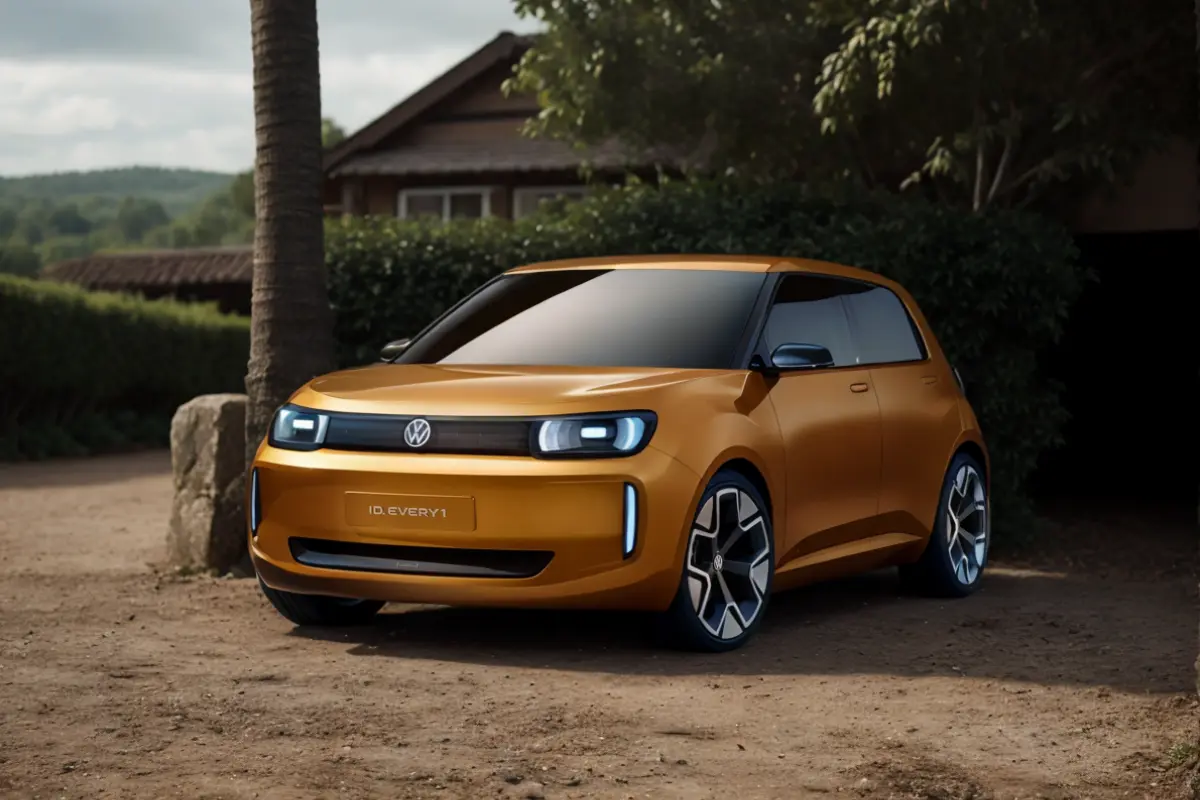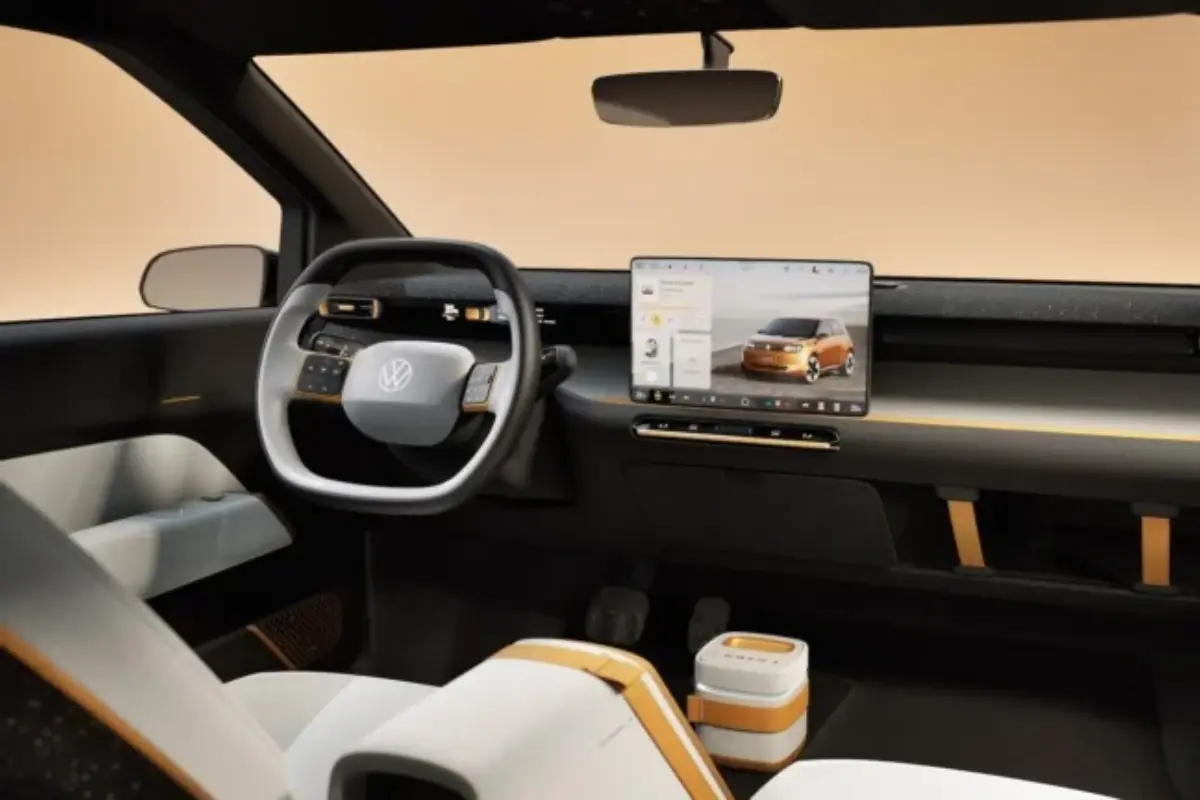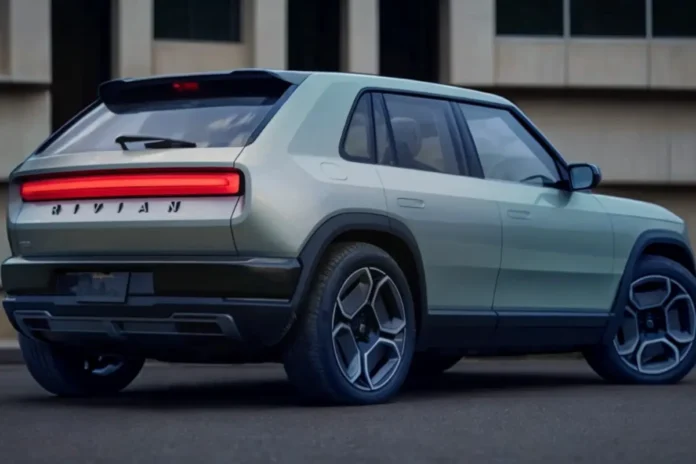Volkswagen is about to embark on a transformative journey that promises to redefine its electric vehicle (EV) portfolio across Europe. The German automaker has revealed details of its highly anticipated new platform—a technical and strategic breakthrough that will serve as the future backbone for its range of electric cars. With state-of-the-art engineering and impressive cost efficiencies at its core, this innovation marks a revolutionary step forward in the rapidly evolving world of electromobility.
A New Era with the SSP Platform
Volkswagen’s new Scalable Systems Platform (SSP) represents more than just an incremental update. It is a decisive move designed to simplify and consolidate a historically fragmented approach. The SSP platform has now entered its “freeze” stage: the technical specifications have been locked down, meaning no further modifications will be allowed. This commitment to a stable, unchangeable architecture will enable the company to ensure reliability and future-proof the platform for years to come. Although the platform has been thoroughly honed over time, it has already proven its strategic potential, having seen its early development outpace what was high on the horizon in markets such as China.
Volkswagen’s new platform is engineered to provide an impressive 20% cost efficiency improvement over its current range of architectures. This is achieved through a streamlined design that reduces complexity while offering heightened flexibility. The SSP platform will underpin vehicles across the entire Volkswagen Group—from the popular ID. series to models from Audi, Porsche, and even Bentley in the long run. By unifying its base under one common technology, the group is not only innovating in the technical sense but also securing a competitive edge in global electric mobility.

Technical Innovations Under the Hood
With the SSP platform, Volkswagen is set to offer unprecedented versatility in its electric lineup. The platform is designed with eight distinctive technical variants to cover every market segment and is solely built for electric propulsion. In essence, think of it as the “MQB of the electric future” with key infrastructural enhancements:
- High Voltage Options: Models will feature either 400 or 800-volt systems that support fast charging, marking a significant upgrade for efficiency and convenience.
- Enhanced Integration: With more sophisticated onboard software and connectivity, drivers can expect seamless integration of modern infotainment and autonomous driving features.
- Range Extenders: Volkswagen has not forgotten the traditional hybrid approach. New range extender options will be available, ensuring that the transition to full electrification remains flexible for all users.
The engineering focus on efficiency, cost savings, and ease-of-production all indicate that we are witnessing a tipping point in Volkswagen’s strategy—a complete reimagining of what an electric powertrain can be.
The following table summarizes the key differences between Volkswagen’s current electric platforms and the new SSP system:
| Feature | Current Platforms | New SSP Platform |
|---|---|---|
| Cost Efficiency | Standard baseline design | ~20% savings through simplification |
| Technical Variants | Multiple architectures (MEB, PPE) | 8 flexible variants for diverse needs |
| Voltage Options | Conventional systems | Options for both 400V and 800V systems |
| Integration Level | Legacy systems | Advanced software integration and autonomous driving capabilities |
| Market Launch | Progressive roll-out | First European models expected in 2027 (likely an Audi variant) |
Production Shifts and Future Perspectives
Production sites across Europe are already gearing up for the impending change. Facilities such as the current hubs in Zwickau, known for assembling the ID.3 and ID.4 models, are preparing for a major retooling to embrace the SSP production requirements. This shift is anticipated to standardise assembly processes while simultaneously reducing lead times and logistical challenges—especially significant in the context of managing global supply chains.
The first European model built on the SSP platform is expected around 2027. Early speculations suggest that this debut will likely take the form of a compact electric Audi, potentially an evolution of the A3 or A4 electric segments. Although the much-anticipated modernised electric Golf is a more distant prospect, the SSP platform signals that the future of Volkswagen’s EV production is both exciting and inevitable.

Strategic Market Advantages
Volkswagen’s strategic pivot with the SSP platform is also a response to the evolving competitive landscape, particularly in Europe. With manufacturers from China accelerating their electric mobility strategies and entering the low-cost EV market, the new platform is designed to ensure that Volkswagen not only remains competitive but also leads in terms of technology and production efficiency.
By streamlining its portfolio, Volkswagen is setting the stage for a more agile market approach. The SSP platform will allow the automaker to respond faster to market demands while capitalising on its improved economies of scale. This unified approach is expected to reinforce its market leading position in Europe and help the group expand its footprint in other global markets as well.
Conclusion
Volkswagen’s SSP platform sets a new benchmark for innovation in the European EV market. This bold step not only represents a technical milestone but also a substantial strategic repositioning that caters to both consumer expectations and competitive market dynamics. As the date for the new European models draws nearer, industry analysts predict that Volkswagen’s unified electric approach will be a primary driver for growth and sustainability in the coming years.
Under the leadership of CommaFast’s vision for forward-thinking and impactful mobility solutions, Volkswagen’s journey into a fully electrified future is truly a story of thriving transformation—one that will be closely watched by enthusiasts and professionals alike.




